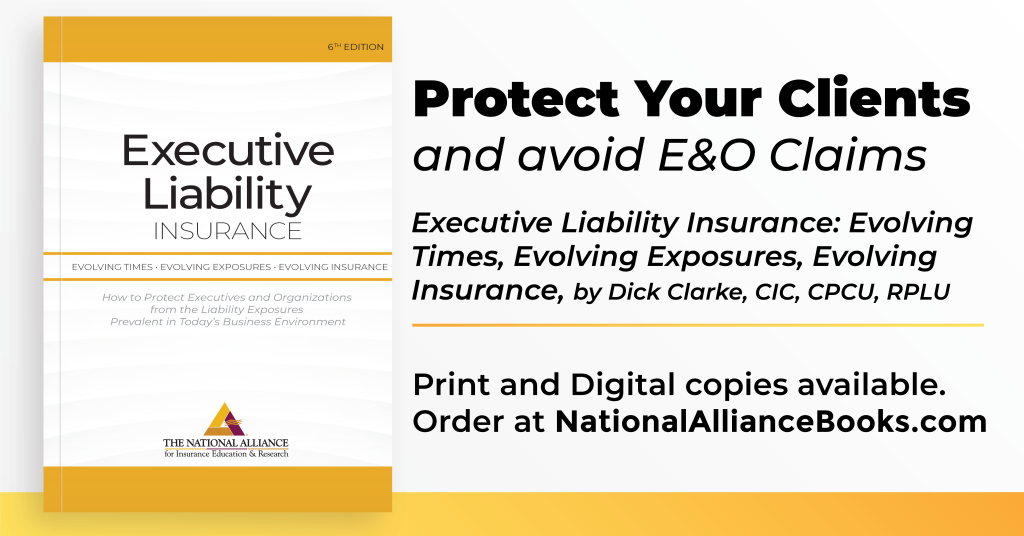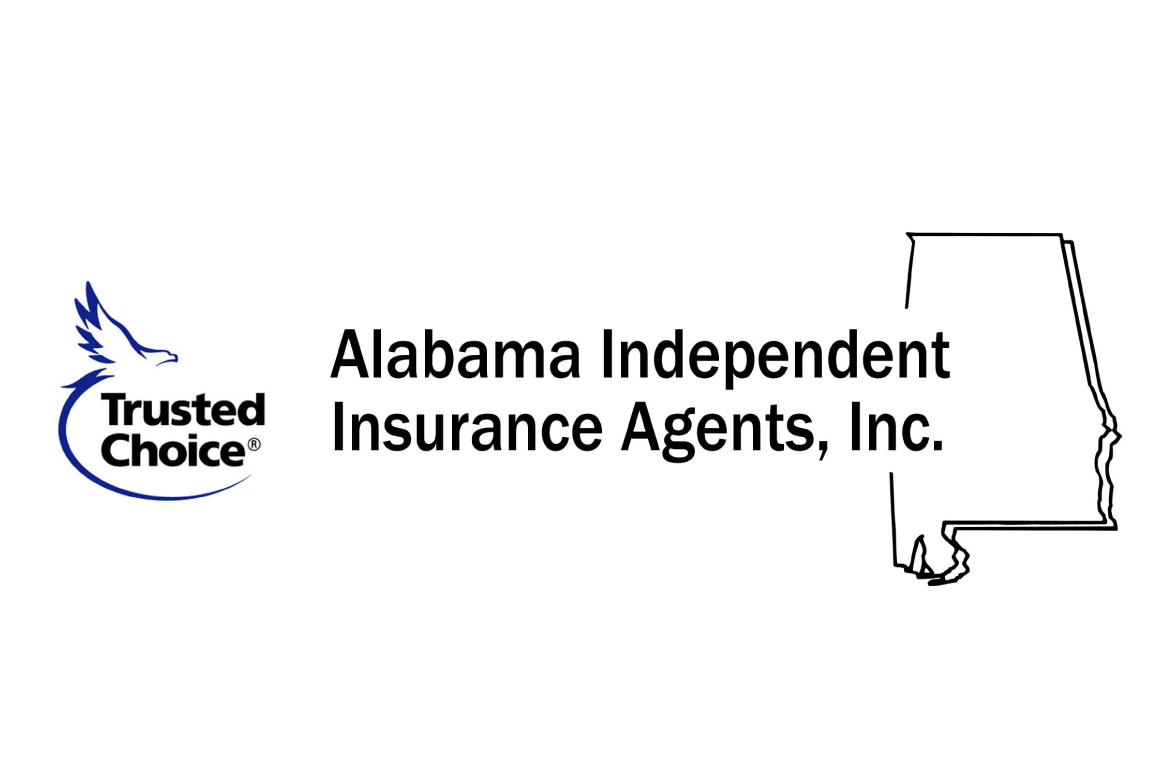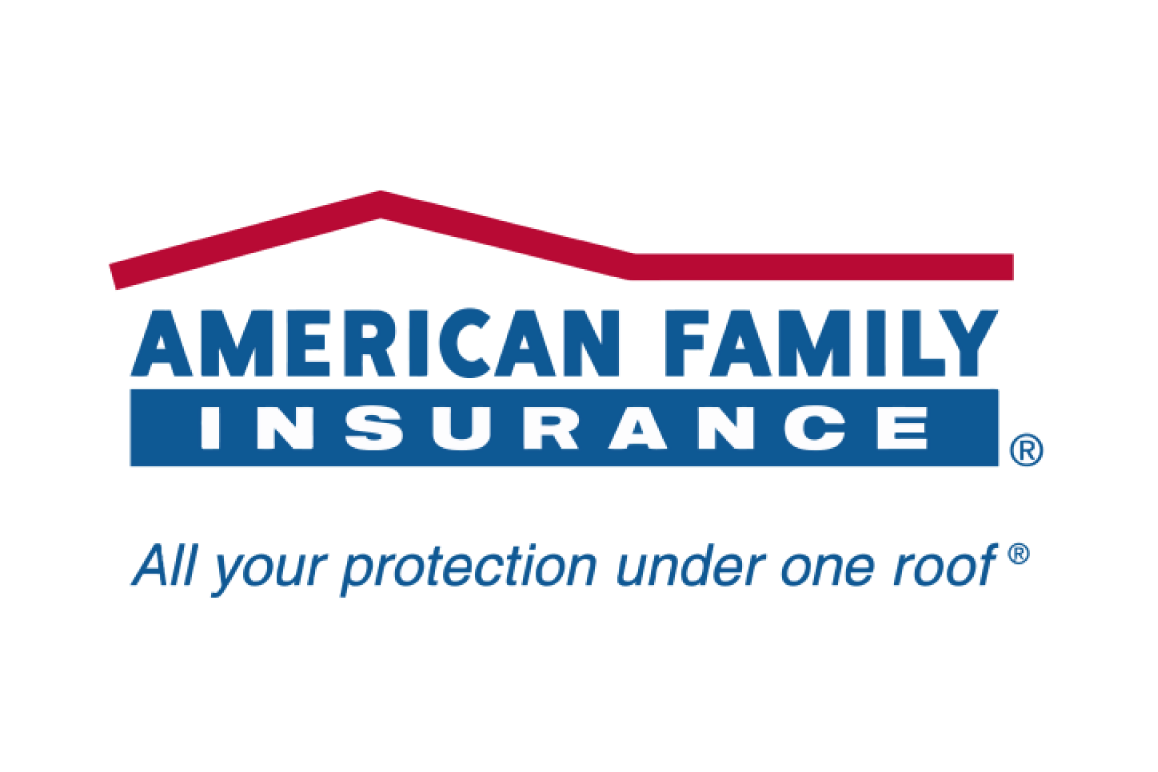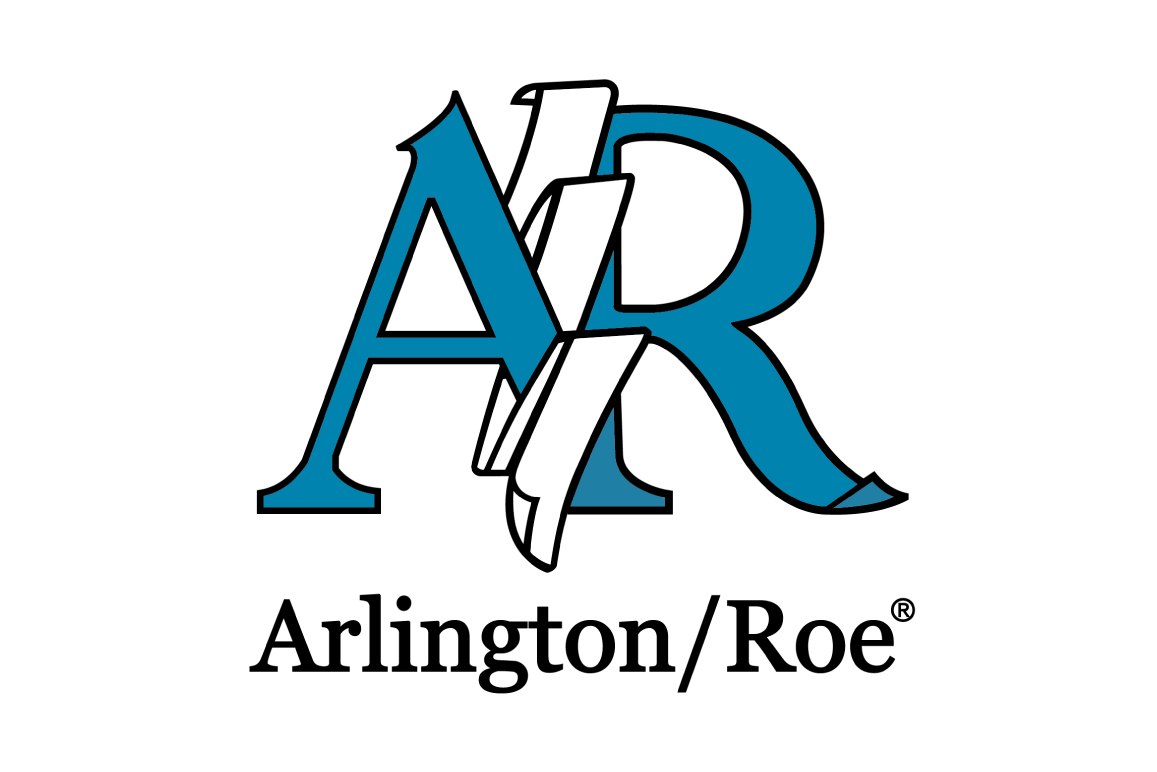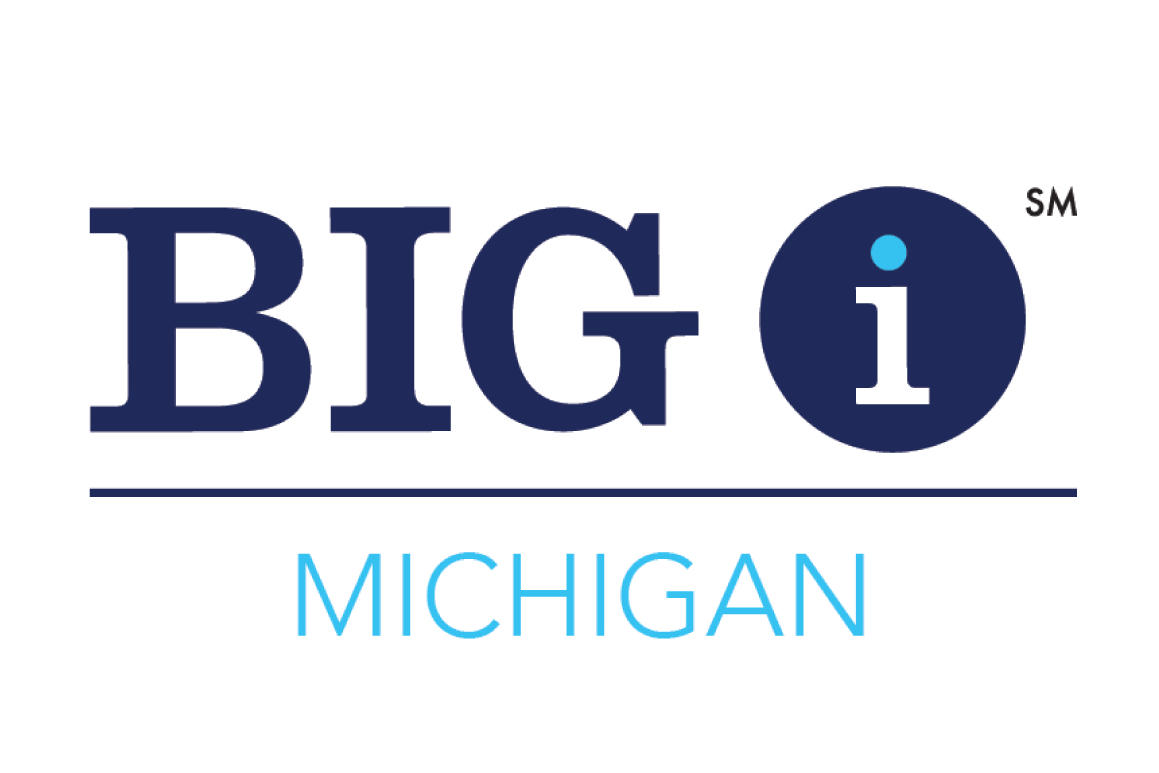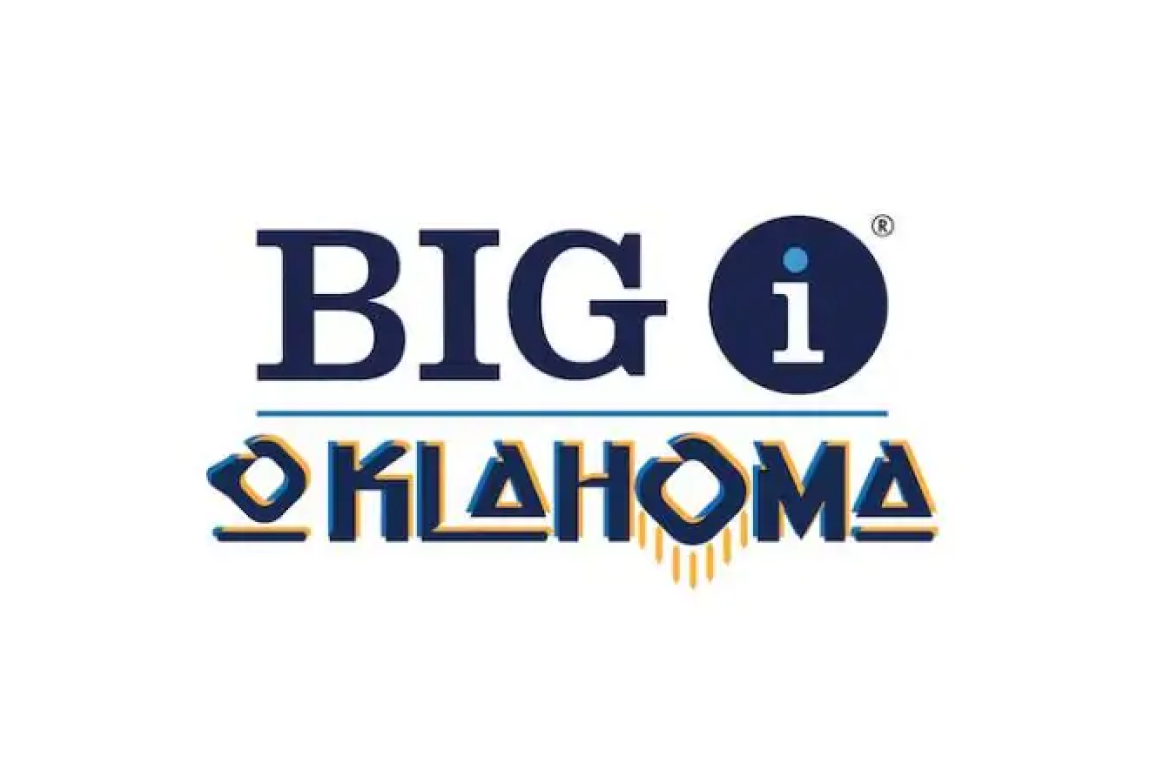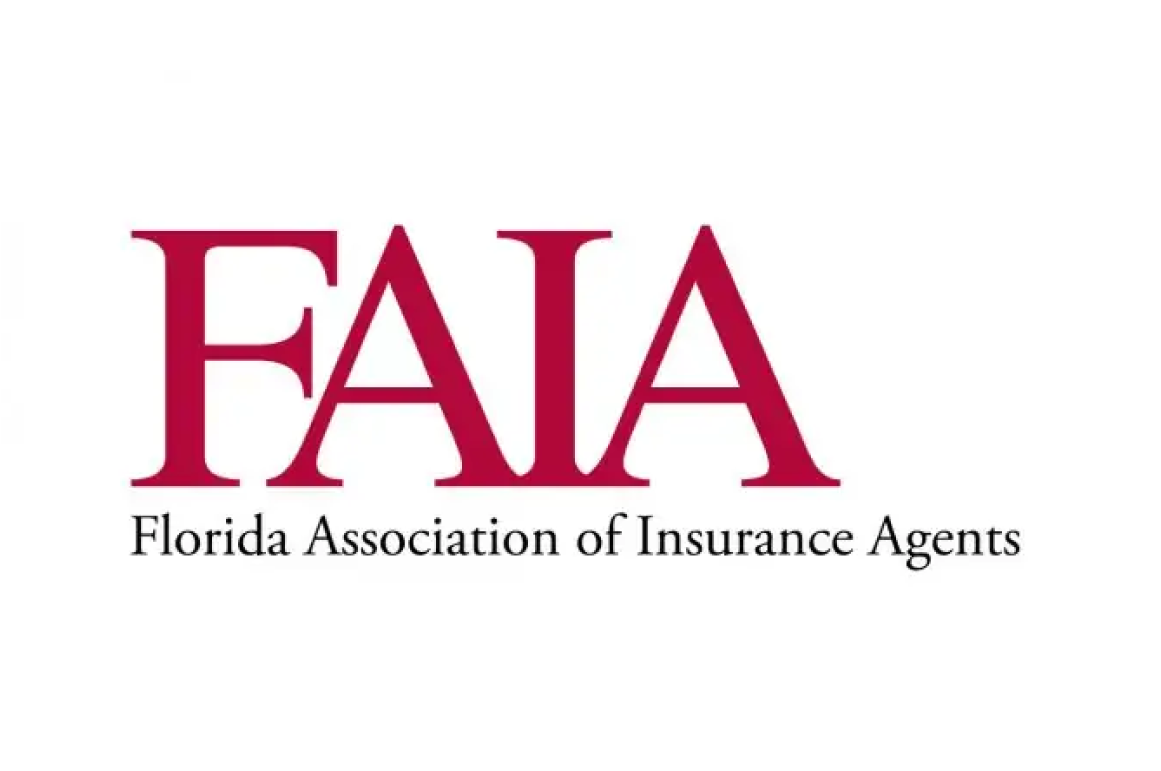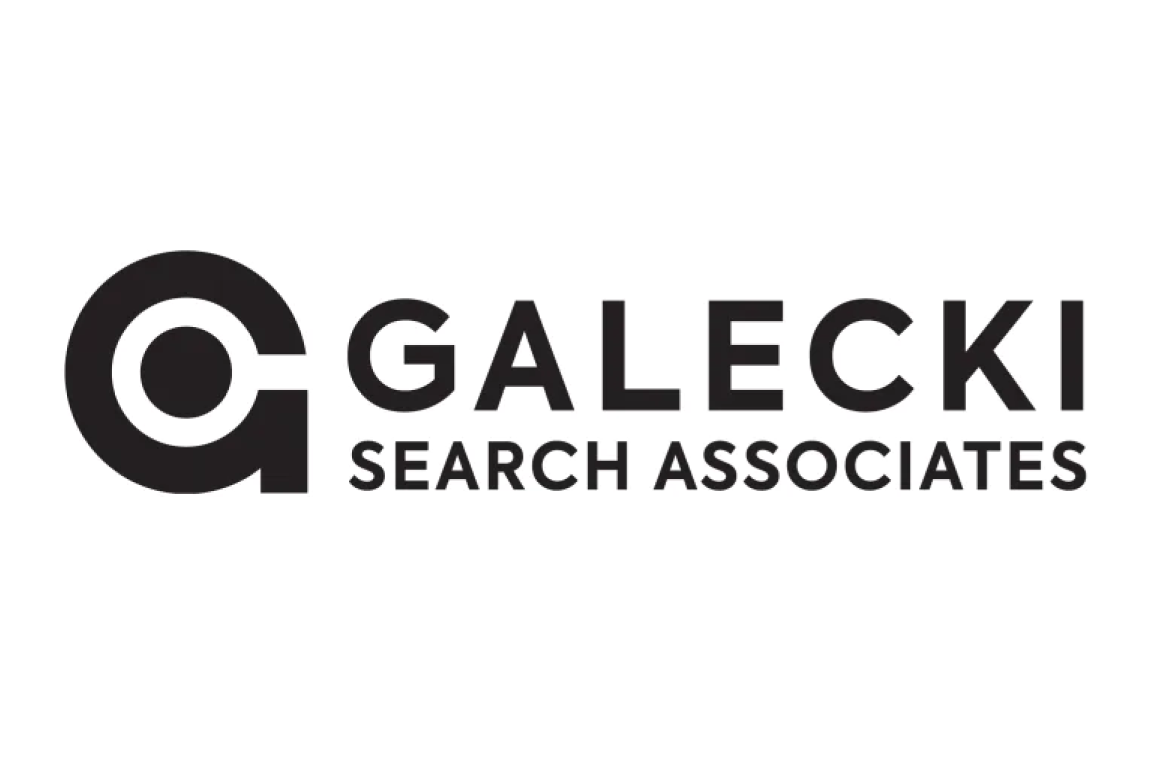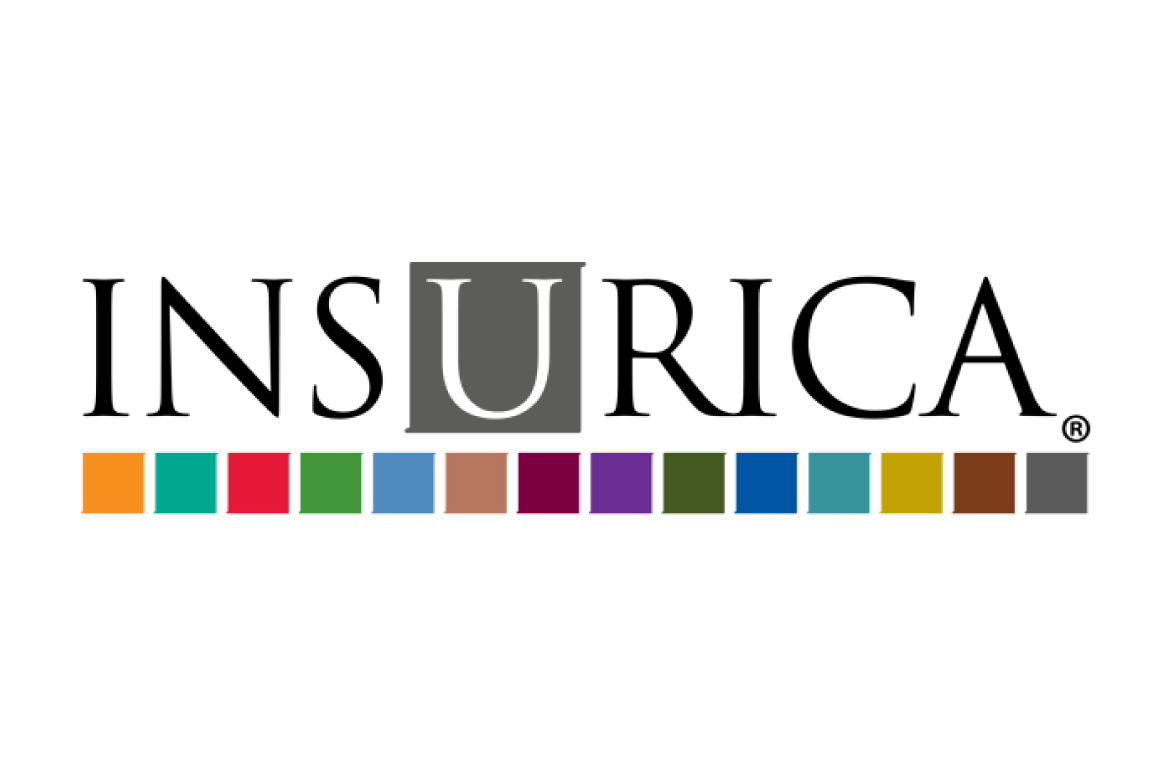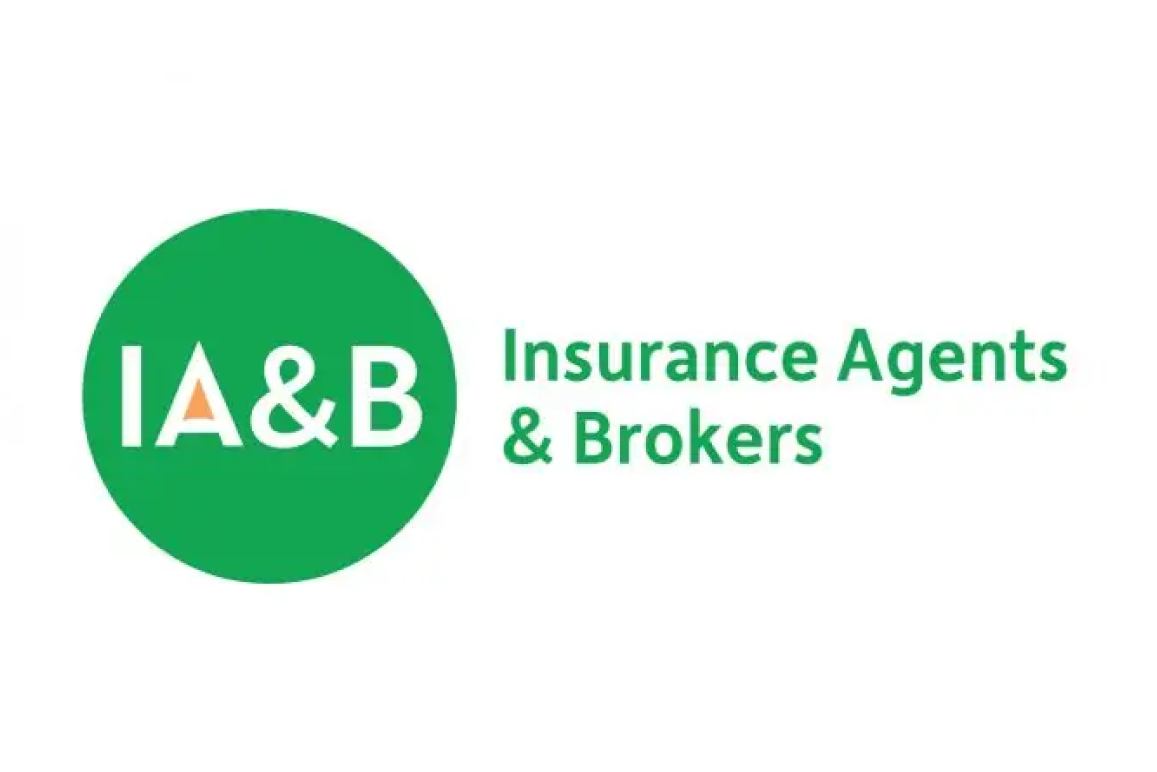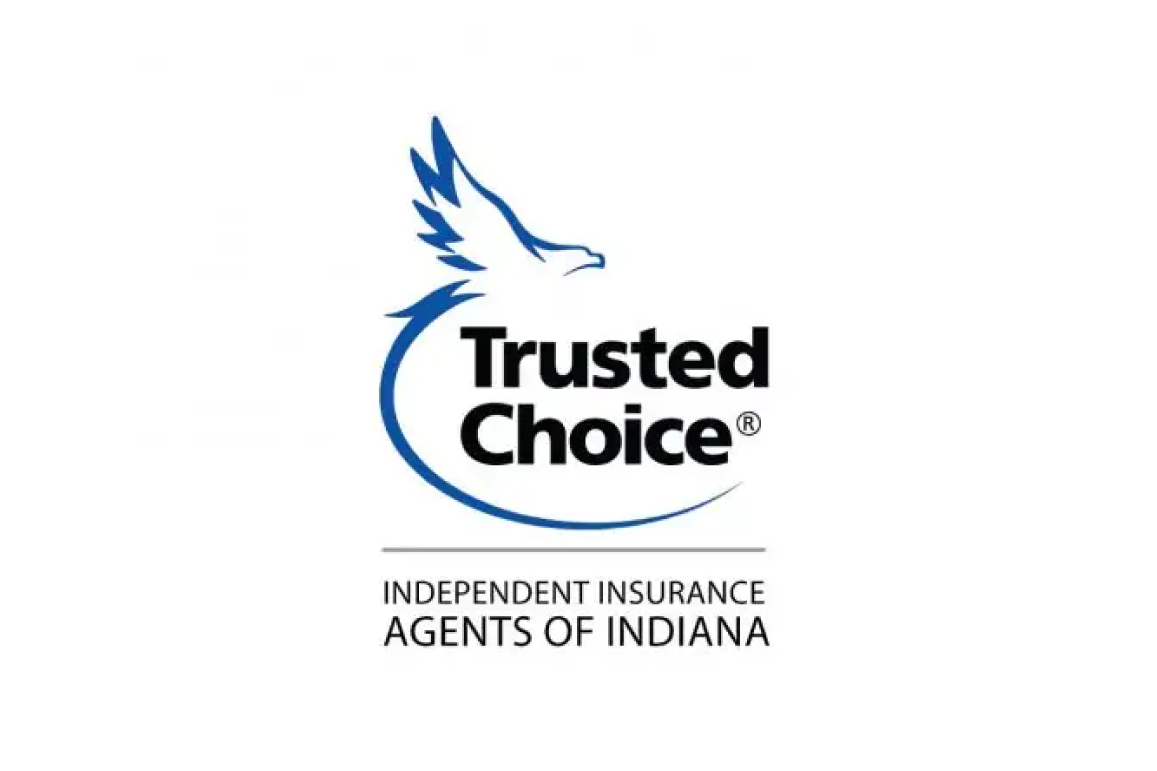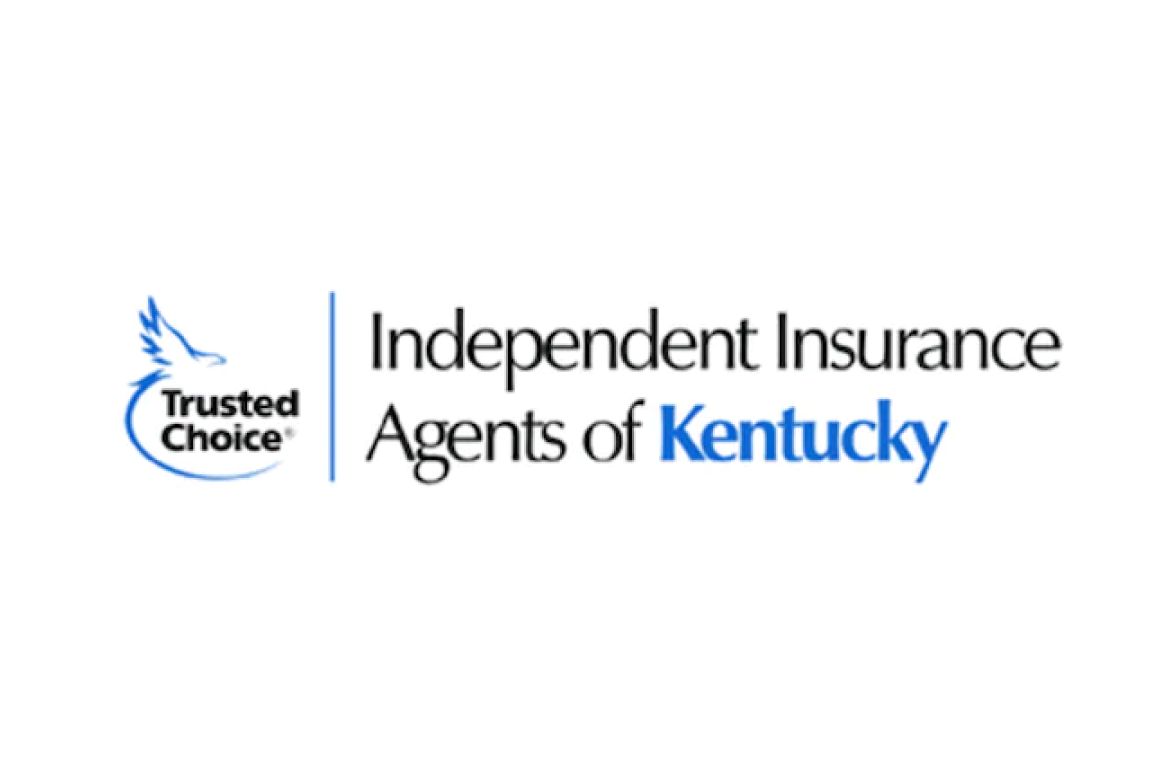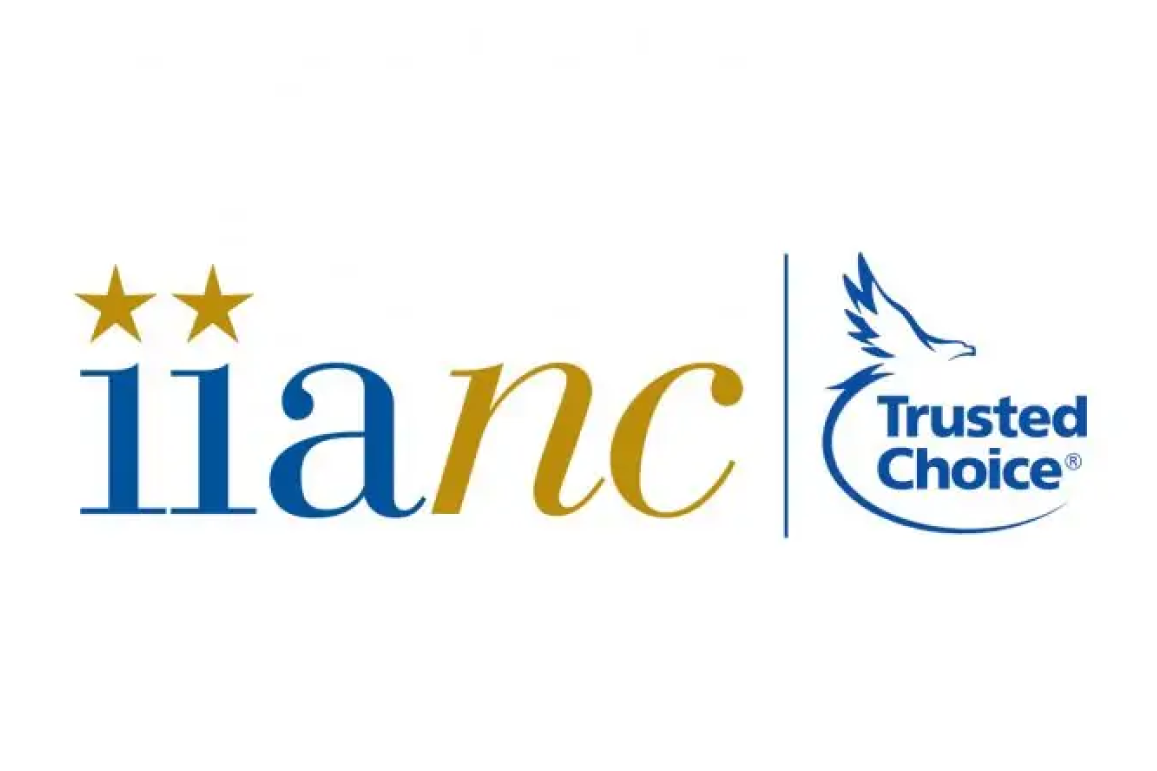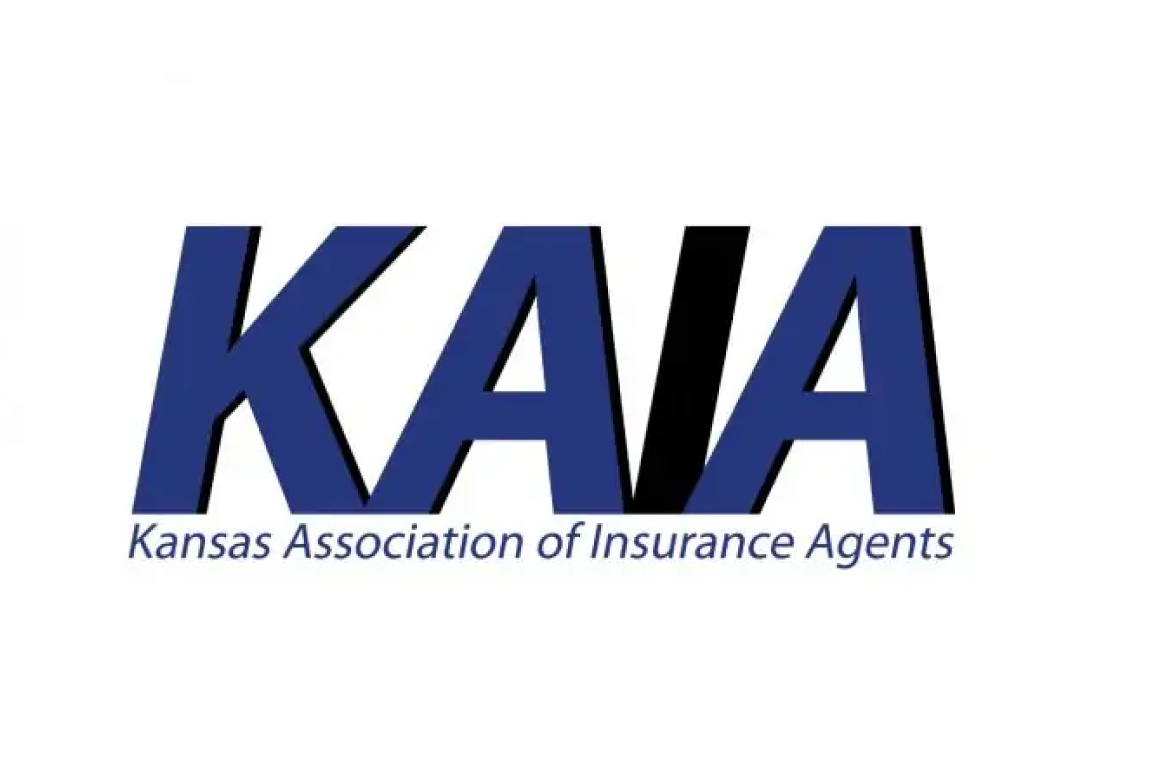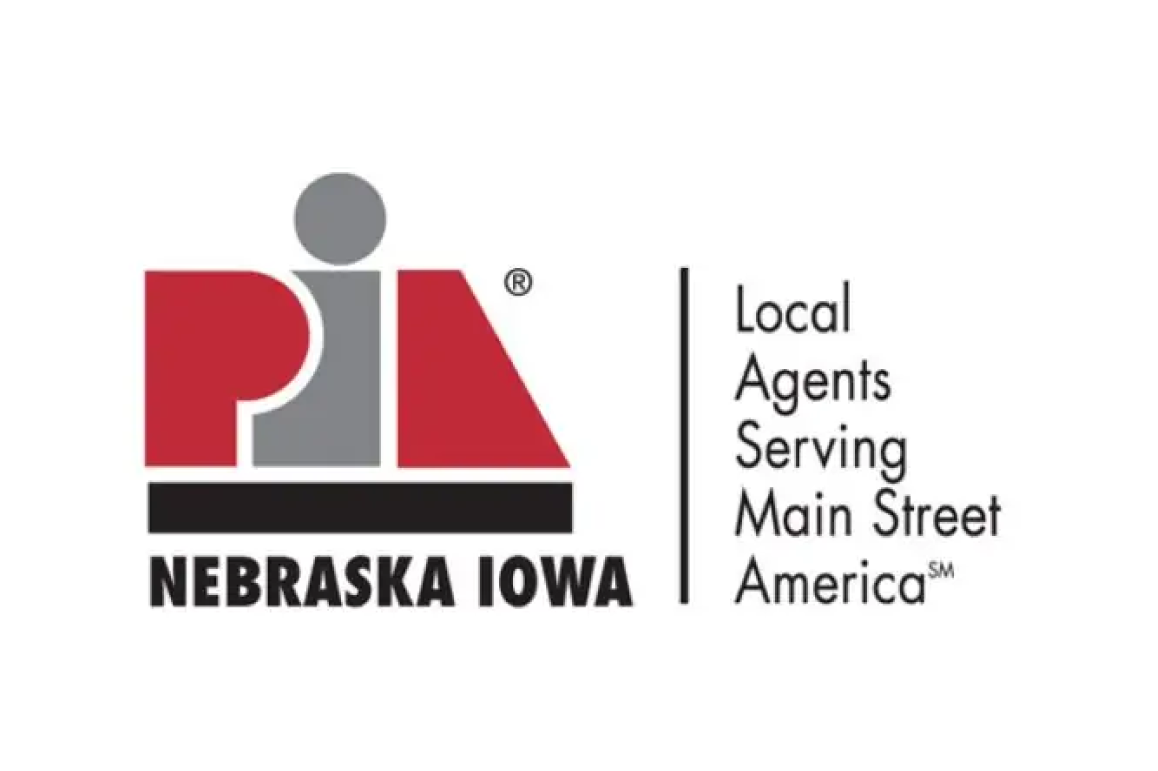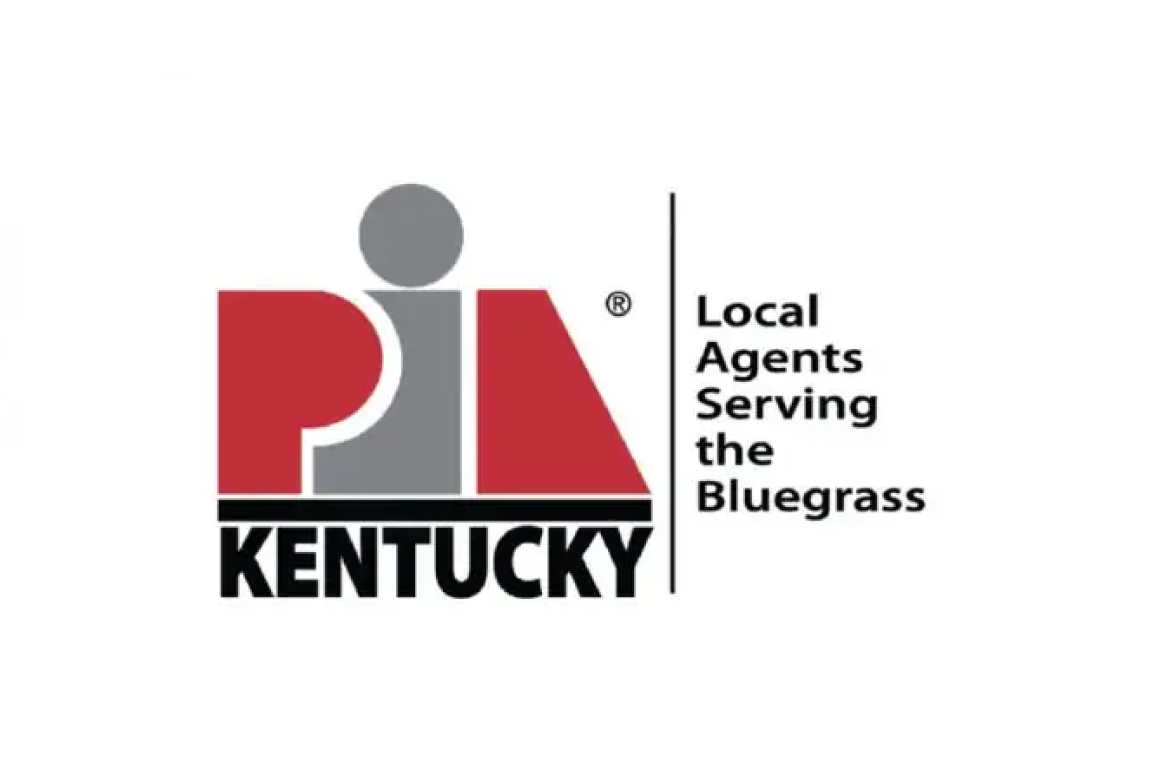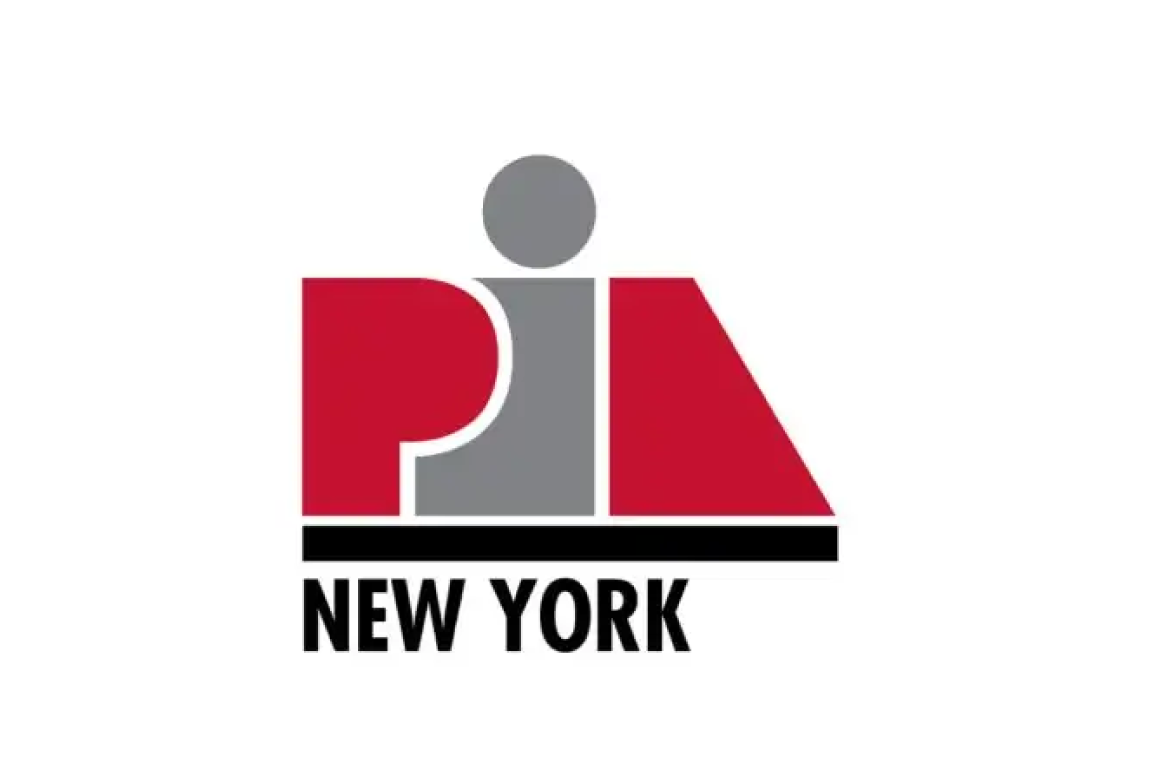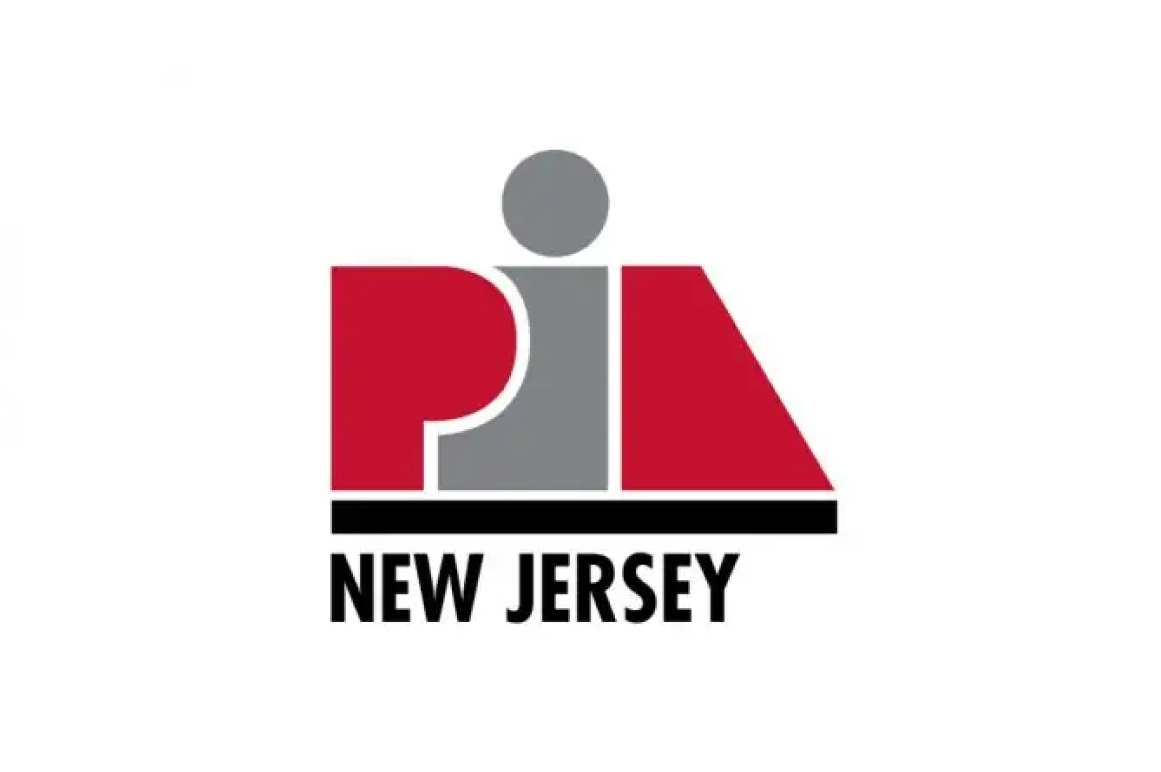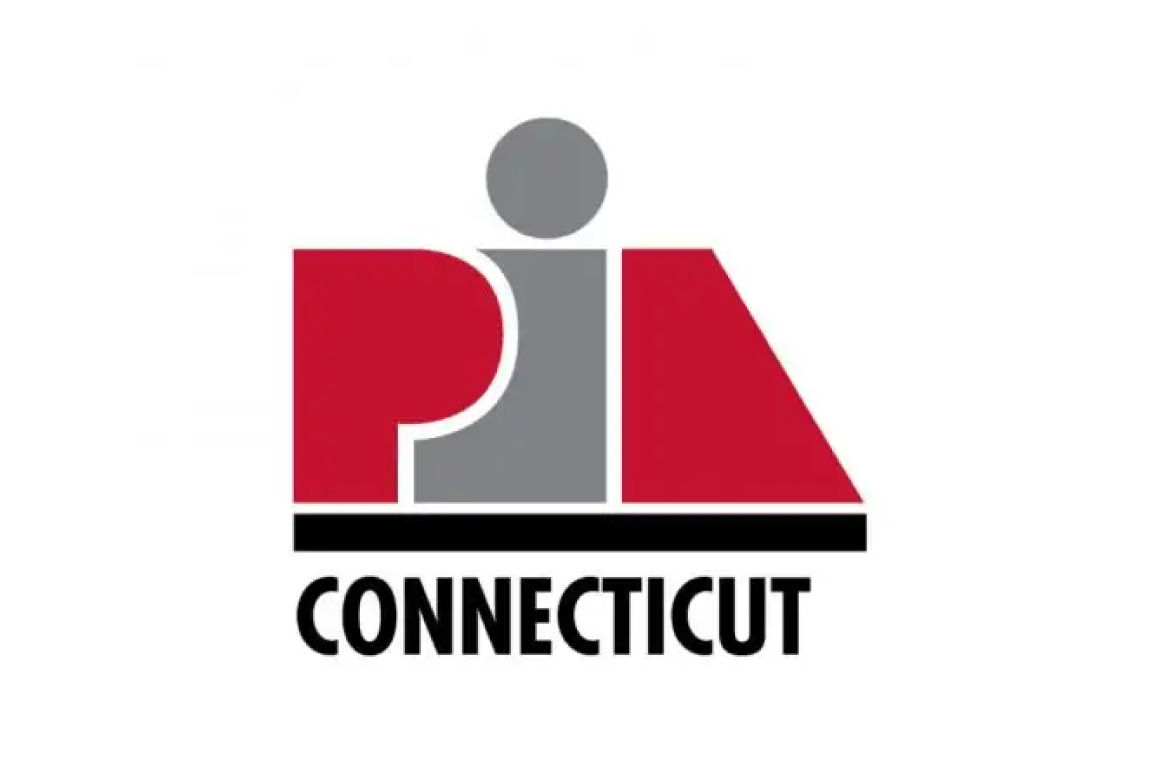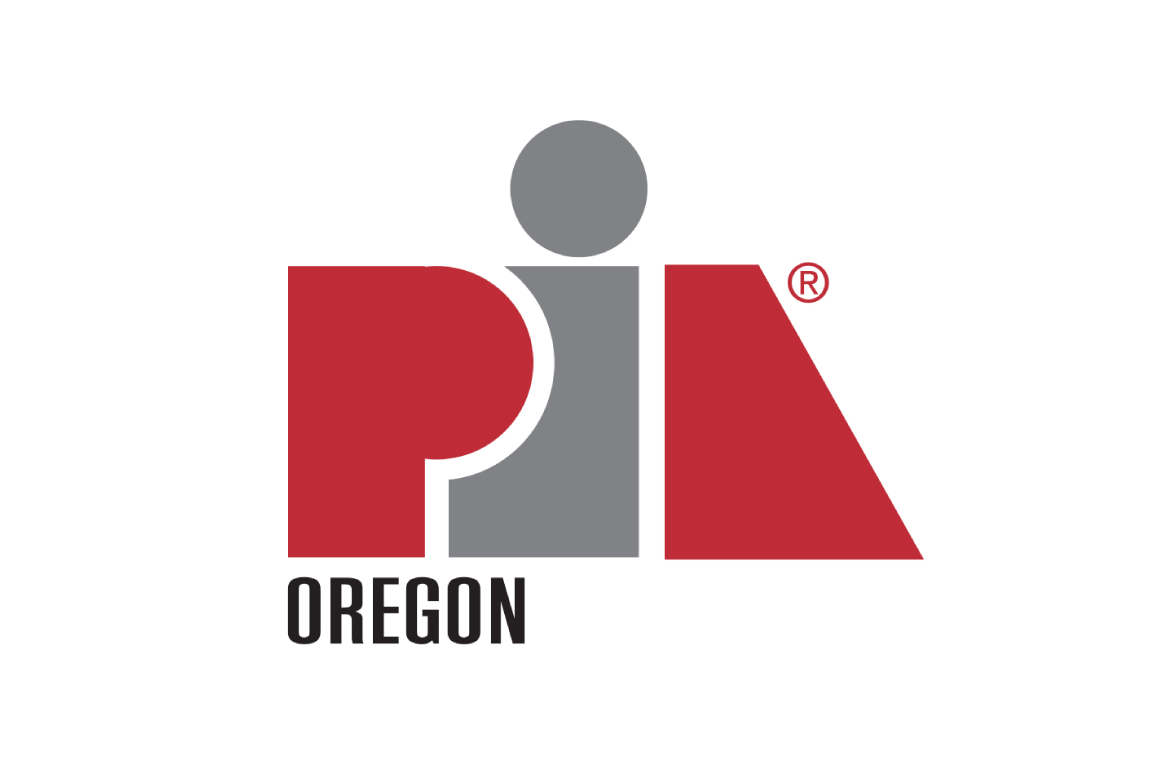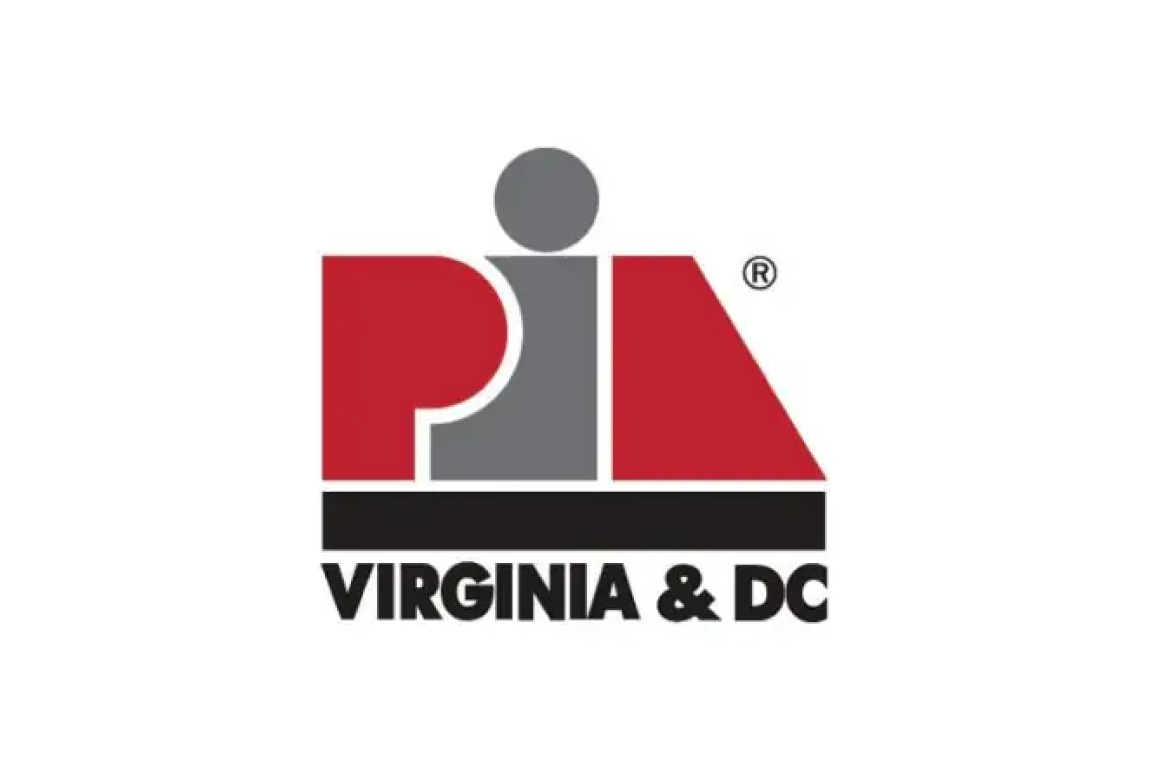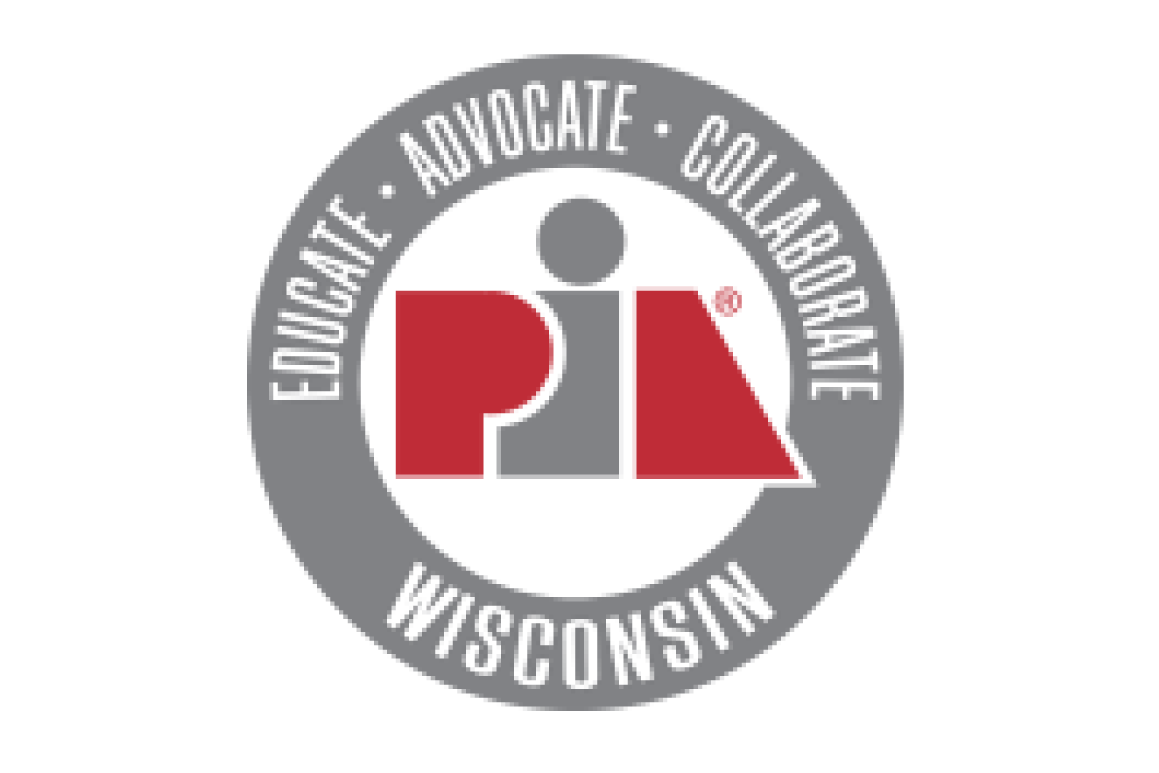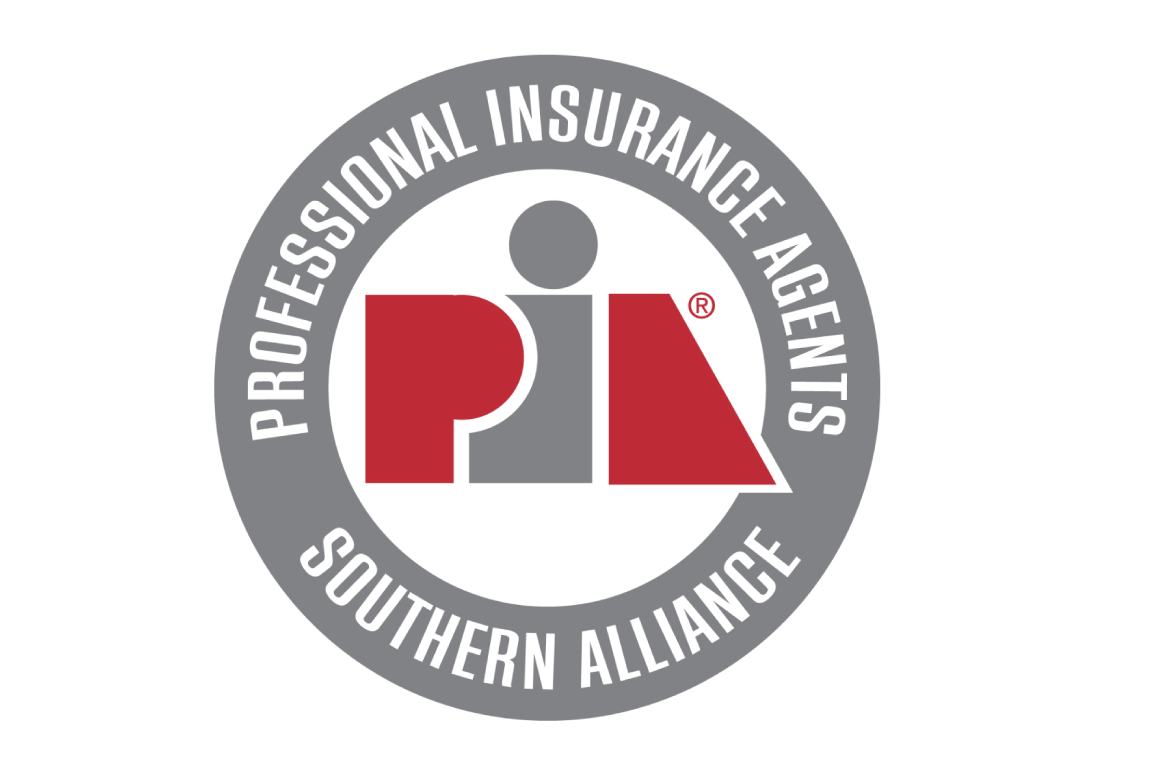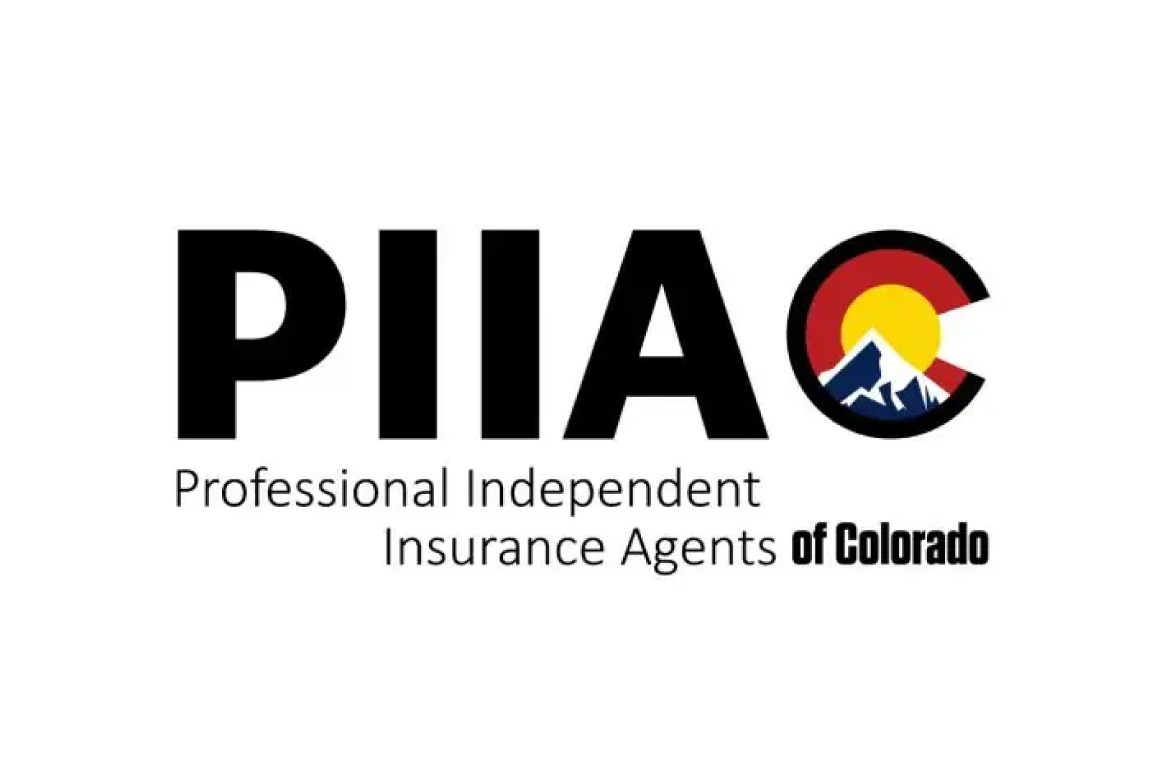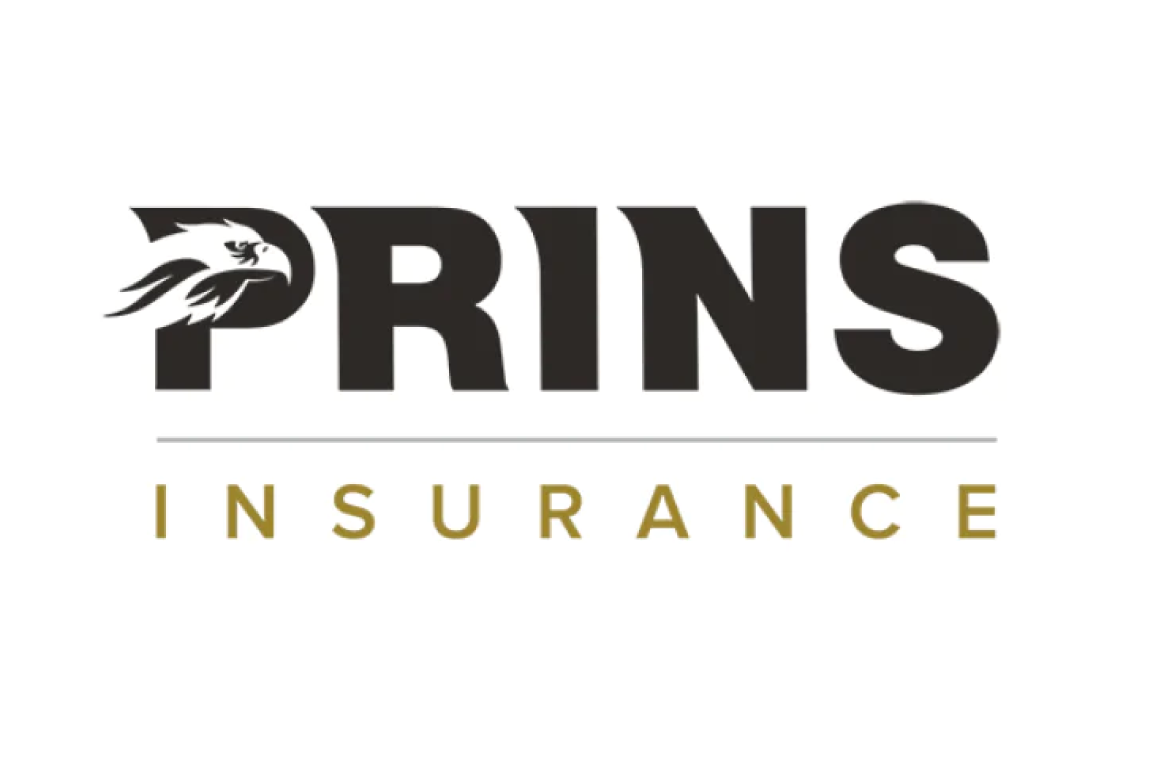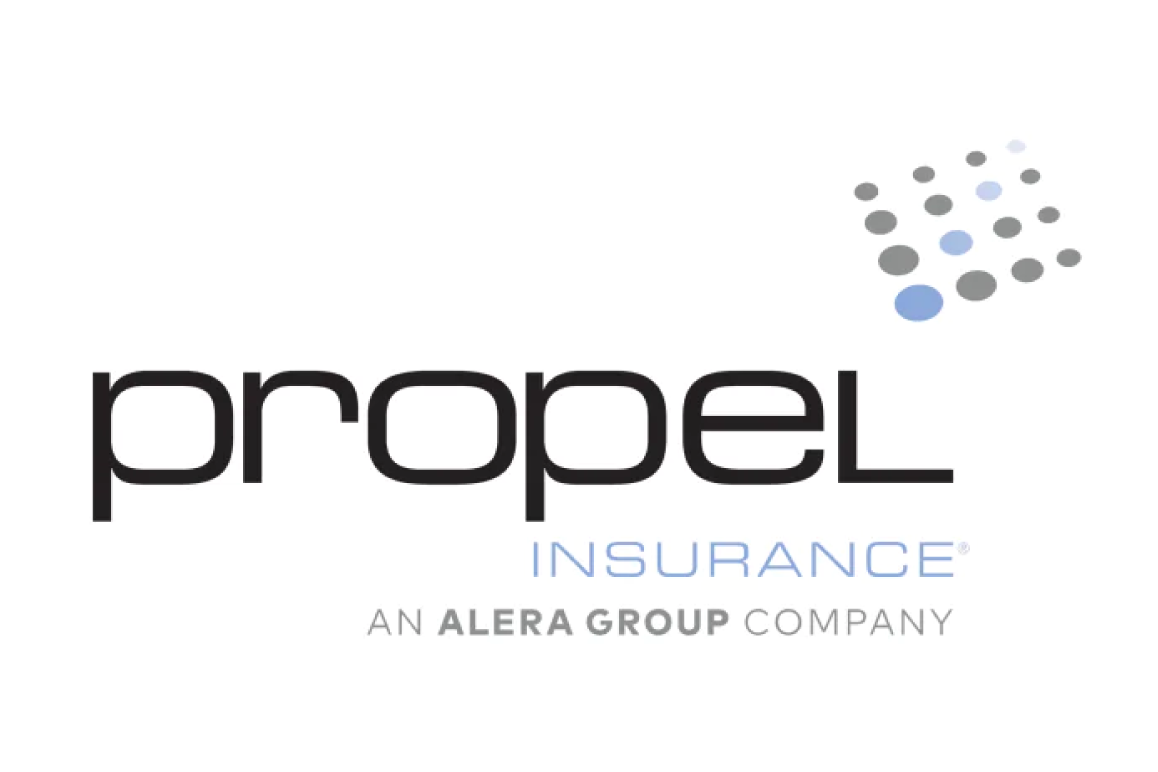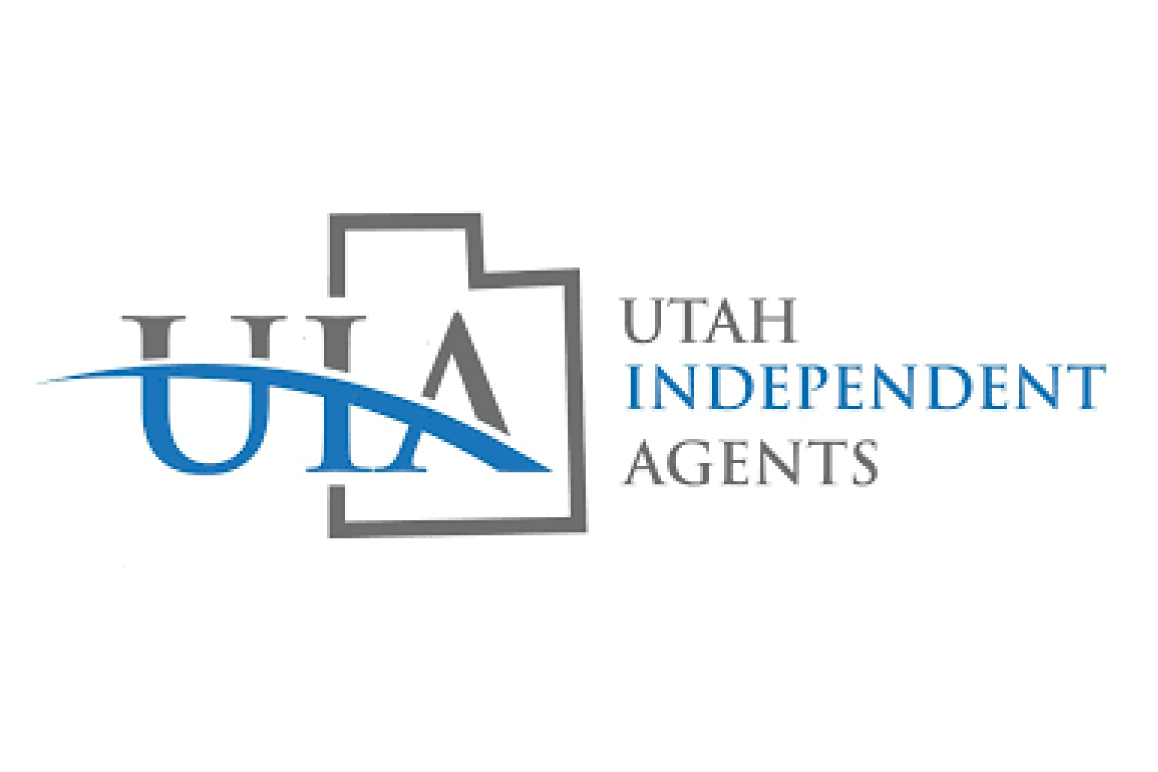
By Sarah Warhaftig, CRM, JD
Sarah Warhaftig is the Academic Director of Risk Management Programs for The National Alliance, where she is responsible for the Certified Risk Manager, Certified School Risk Manager, and the Certified Personal Risk Manager Designation Programs.
As details begin to emerge about the collapse of the Champlain Towers Condominium South building, blame is being laid at the feet of the board of directors, challenging their conduct and questioning whether they discharged their duties appropriately. Simply put, a director or officer must act as a reasonably prudent person in representing the interests of the organization’s owners and other organizational constituencies while directing the business and affairs of the organization within the law. Let us take a moment to consider the actions—or inactions—of the Champlain Towers Condo Association’s board of directors in the years and months leading up to the 40-year-old building’s collapse on June 24th, 2021.
Four Basic Duties for Directors and Officers:

Disclosure – a director should disclose any interest in any transaction where the director or officer could be a beneficiary.

Loyalty – a director should have undivided and unselfish loyalty with no conflict between organizational duty and self interest.

Obedience – a director’s actions should conform to legal standards and requirements.

Care – a director must exercise competent oversight of the organization in a deliberate and knowledgeable manner using the standard of care of a reasonably prudent person in a similar position in similar circumstances.
Disclosure
Did any of the directors have conflicts of interest that they did not disclose?
It seems unlikely. Time will tell.
Loyalty
Did any of the directors have a conflict of interest regarding their stewardship of the association?
As of this writing, none have been reported. As the investigation progresses, we will have more information.
Obedience
Did the Actions of the board comply with legal standards and requirements?
We know that they only had $777,000 in reserves to address long-term maintenance needs. Was this sufficient? Absolutely not! Was it legal? Unfortunately, yes. Florida condominium law does not require that reserve studies and analyses be done so that boards can project and prepare for long-term needs.
A reserve study includes both a physical analysis and a financial analysis of an association’s common property. It specifies anticipated expenditures and funding needs – typically over a 20 or 30-year period. The 2008 law requiring condominium associations to conduct those studies were repealed in 2010. Because there is no requirement for a reserve analysis, and thus no timeline of the usable life of the of common elements, many associations handle large repairs through an assessment paid by the individuals owners– usually determined by their percentage of ownership or square footage of the individual units.
Miami-Dade and Broward counties require a 40-year recertification of codominium buildings. This is done by an inspection intended to confirm that buildings are structurally and mechanically safe. The Champlain Towers Condo Association was preparing for that inspection when the south tower collapsed. Since the collapse, several aging buildings have been evacuated for safety reasons.
Care
Did the directors exercise competent oversight of the association in a deliberate and knowledgeable manner using the standard of care of a reasonably prudent person in a similar position in similar circumstances?
This is the hardest duty to evaluate. Board members are not required to have financial, management, engineering, or planning expertise or training. Thus, the reasonably prudent person standard is an appropriate one.
The condominium board knew that Champlain Towers South in Surfside, Florida needed major repairs. It will be argued that the board did not know that the circumstances were dire. In October of 2018, a report by Morabito Consultants prepared in anticipation of the 40-year recertification warned that the building’s failed waterproofing of its pool deck was causing “major structural damage.” The report did not warn of any imminent danger. At that time, the cost of the repair was estimated to be $9 million.
In November of that year, a Surfside town inspector met with residents of the building and assured them the building was “in very good shape.” This conflicted with the Morabito Consultants’ report. Did it give residents and some of the board a sense of security and confidence in the building’s safety?
Here is what happened.
In 2019, According to the Washington Post, the president of the Champlain condominium board resigned, partly in frustration over the association’s slow response to the report. Four other members of the board also resigned that year, one of whom indicated there was significant infighting among members which contributed to the delay.
In 2020, the board was able to obtain a $15 million line of credit to address the needed repairs. Board meeting minutes reflect that the community was advised that further inspection had revealed that the waterproofing problems over the garage had exposed that structure to water intrusion over a 40-year period.
In April 2021, the association approved a $15 million special assessment to cover the line of credit. Individual assessments ranged from $80,000 to over $300,000. An option to pay over 15 years was included. With the size of assessment needed the vote would have gone to the entire community for approval. Two months later, the building collapsed.
Where does the Association stand today?
In terms of assets, the building is gone. Unfortunately, there was only $30 million in property insurance which may be insufficient to cover the costs of demolition, debris removal, and rebuilding. In mid-July, Great American Insurance Company announced that they would tender the full property policy limits and pay additional coverages totaling more than $30 million.
The land itself was originally estimated to be worth close to $50 million. More recent estimates place the value somewhat north of $100 million.
Lawsuits Filed Within Days of Collapse
Several lawsuits have been filed against the association naming the board and individual board members as defendants. The first lawsuit, a class action suit filed by Manuel Drezner, alleges that the condo association “disregarded the rights of Plaintiff and Class members by intentionally, willfully, recklessly, or negligently doing the following: failing to take adequate and reasonable measures to ensure the safety and protection of its residents and their property, failing to disclose to its residents and visitors that it did not have adequate safety measures in place to safeguard occupants of Champlain Towers South, failing to take available steps to prevent the catastrophic collapse of the building, and failing to monitor the building and activities that led to the collapse of the building, among other things.”
In response to the first lawsuit, James River Insurance Company, which provides the general liability insurance for Champlain Towers South, announced that it would tender the full General Liability limits of $5 million to respond to the pending litigation and future lawsuits. Counsel for James River wrote, “We want to make it known that James River Insurance Company has made the decision to voluntarily tender its entire limit from the enclosed policy towards attempting to resolve all the claims in this matter.”
The board will also be looking for defense and indemnification from its Directors and Officers Liability Policy. Attorneys for the association indicated that there was $18 million in liability coverage available. Specifics regarding the types and limits of those policies have not been released.
What happens next?
There are no easy answers. Without the actual cause of the collapse or any contributing factors, is there enough information to even begin to assess the actions of the board and whether they met their duties to the association? This disaster will be a hard-learned lesson and a cautionary tale for many in both the public and private arenas.
Do you sit on a board? Are you aware of the duties of Directors and Officers? If you took the CRM Practice of Risk Management course, you’d learn all about them. See if this course is right for you.
Update 3/15/2022
This past summer we shared some thoughts on the Champlain Towers collapse and the immediate aftermath. At that time there were many unanswered questions particularly with regard to fault or liability. Contractors, engineers, inspectors, and board members were named in lawsuits. While carriers were quick to respond and to offer policy limits, there was still a very complicated knot of issues to be unraveled. This week, it seems that a tentative settlement has been reached. Were the liability issues resolved? Will everyone be made whole?
Check out this link for the details. Tentative settlement reached in Surfside building collapse (msn.com)





